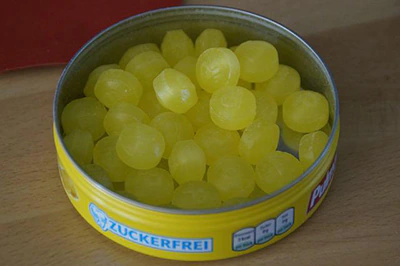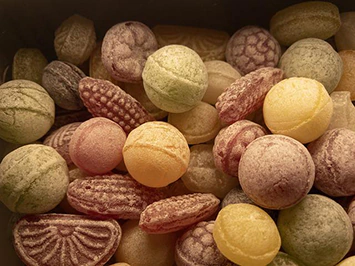| Essence |
Rubixanthin or E161d is a Carotenoid (of the Xanthophyll group) used in food mainly for the purpose of yellow (natural) coloring. |
| Names |
CI 75135, CAS 3763-55-1, Rubixanthine, Natural Yellow 27, E161d, Rubixanthin, and others. |
| Sourcing |
Commercially, it is typically derived from Rosa species, like Rose Hips. |
| Manufacturing |
Unknown. |
| Application |
Coloring (most commonly yellow but shades of orange and red may also be possible, water-insoluble). |
| Acceptable Daily Intake |
It’s recommended in amounts up to 5 milligrams for every kilogram of body weight. |
| Side Effects |
It has no known side effects. It is currently not approved in the European Union and the United States. |
| Benefits |
As a Carotenoid, Rubixanthin can offer powerful antioxidant benefits. But other than that, there isn’t much known. |
| Studies |
Less than 20 studies on Pubmed. Less than 5 studies on safety. |
| Allergens |
None. |
| Diet Restrictions |
None. |
Health Knight Assessment
|
Potentially Harmless. | Category 2 Additive. |
| Products |
The additive is not very common with supplements. It isn’t very common with processed foods either but when used, done so most likely in sweets and candy. |



